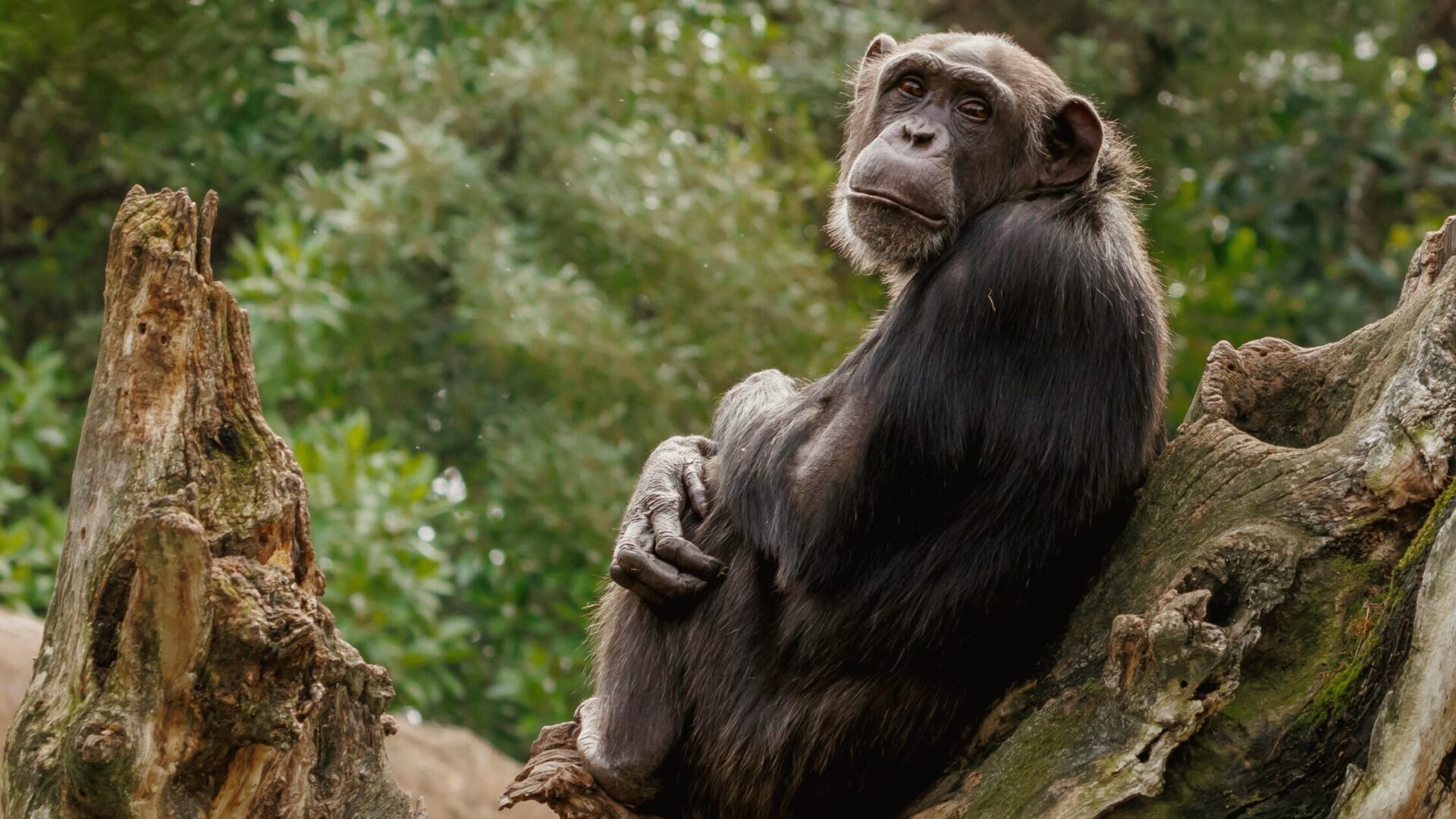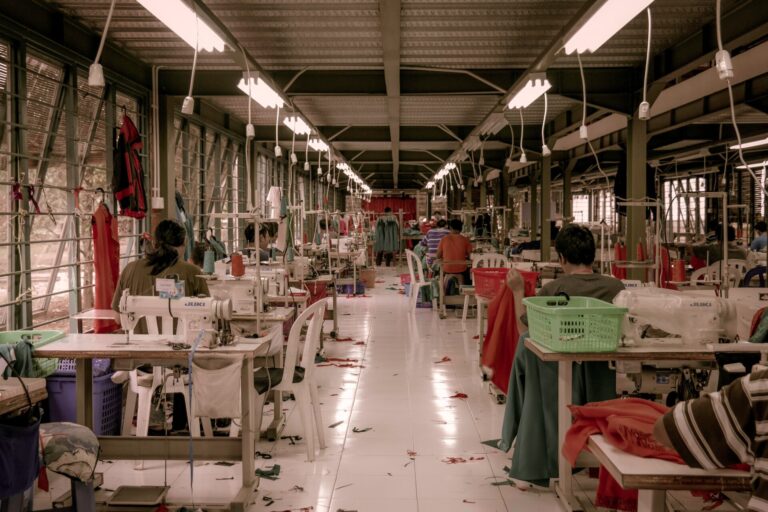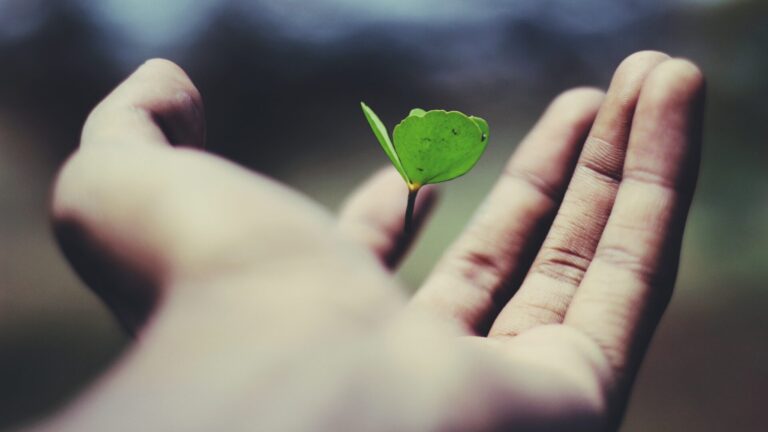You stand in the grocery aisle, reusable bag in hand, staring at rows of plastic-wrapped produce. You’ve read the articles. You know the statistics. And still, that familiar question surfaces: Does any of this actually matter?
If you’ve ever felt paralyzed by the enormity of environmental challenges, you’re experiencing what many call eco-anxiety—the weight of wanting to make a difference while feeling powerless against global crises. But there’s wisdom to be found in an unexpected place: the childhood of the world’s most famous primatologist.
When young Jane Goodall faced obstacles, her mother Vanne offered simple, enduring advice: “Never give up.” Decades later, this same philosophy would guide Dr. Goodall’s transformation from a curious animal lover into one of the most influential voices in conservation—and it holds profound lessons for anyone navigating their own sustainable living journey.
The Researcher Who Rewrote the Rules
Dr. Jane Goodall’s story defies conventional narratives. Born into a middle-class British family in the 1930s, she harbored dreams of living among African wildlife—aspirations that seemed implausible for a young woman without scientific credentials. Yet in 1960, supported by anthropologist Dr. Louis Leakey, she arrived in Gombe, Tanzania, to begin what would become groundbreaking chimpanzee research.
What made her work revolutionary wasn’t just her discoveries—though observing chimpanzees using grass stems as tools to fish for termites fundamentally challenged the scientific belief that “only humans use tools.” It was her approach. In an era when researchers assigned numbers to study subjects, Goodall gave her chimpanzees names: David Greybeard, Flo, Fifi. This wasn’t sentimentality; it was radical empathy—a rejection of the anthropocentric view that humans stand separate from and superior to nature.
Dr. Leakey’s response to her tool-use discovery became legendary: “Now we must redefine tool, redefine Man, or accept chimpanzees as humans.” But perhaps the more profound redefinition came later, when Goodall shifted from pure research to activism.
From Observation to Action: A Philosophy Born from Crisis
By the mid-1980s, Goodall could no longer remain solely a researcher. Witnessing habitat destruction and the appalling treatment of chimpanzees in research facilities, she made a defining choice: to spend her life advocating for change. Today, she travels over 300 days a year, speaking, fundraising, and inspiring action—all while maintaining her writing practice and scientific commitments.
Her transition illuminates a crucial truth about sustainable living: awareness naturally calls for response. Once you truly see the interconnections between your choices and their consequences, inaction becomes impossible.
This philosophy crystallizes in her most powerful assertion: “Every individual matters, whether human or animal. Every individual can make a difference.” These aren’t empty platitudes. They form the foundation of Roots & Shoots, her global youth program that has mobilized thousands of community-led environmental projects across more than 60 countries.
Translating Philosophy into Practice: Three Pathways
The challenge isn’t understanding Goodall’s message—it’s integration. How do we carry these principles beyond inspiration into the texture of daily life?
1. Mindful Consumption: The Grocery Store as Classroom
Goodall advocates for “mindful eating”—a practice that extends far beyond dietary choices into conscious relationship with consumption itself. This means pausing before purchases to ask: Where did this come from? How was it produced? What happens to its packaging?
The practice isn’t about perfection. It’s about presence. Choose locally sourced produce when available. Reduce single-use plastics where possible. Support organic farming when you can. These incremental choices address what Goodall identifies as twin environmental threats: pollution and overconsumption.
But here’s what the sustainability influencers often miss: mindful consumption isn’t just about what you buy—it’s about recognizing sufficiency. It’s questioning whether you need the purchase at all, celebrating what you already have, and finding contentment outside the acquisition cycle.
2. The Observation Journal: Rediscovering Attention
As a child, Goodall spent hours watching chickens, fascinated by how they laid eggs. This capacity for sustained, curious attention became the foundation of her scientific method—and it’s a skill our distraction-saturated culture desperately needs.
An observation journal doesn’t require wilderness expeditions. Start with what’s accessible:
- Nature nearby: Track the birds visiting your balcony, the plants growing in sidewalk cracks, seasonal changes in your local park
- Personal patterns: Document your weekly waste, energy usage, or emotional responses to consumption
- Community dynamics: Notice how people interact with public spaces, where litter accumulates, which businesses prioritize sustainability
The format is beautifully simple:
- Date, time, location
- Subject (what you’re observing)
- Behavior description (facts without judgment)
- Insights (questions raised, patterns noticed, curiosities sparked)
This practice cultivates what Buddhist traditions call “bare attention”—seeing clearly without the distortion of preconception. It’s the antidote to eco-anxiety’s paralysis: grounded awareness that reveals specific, actionable opportunities for change.
3. Community Expansion: From Personal to Collective
Sustainability can feel isolating when practiced alone. Goodall understood this intuitively when she founded Roots & Shoots in 1991 with a small group of Tanzanian students. The program’s genius lies in its three-pronged focus: projects that benefit animals, people, and the environment.
You don’t need to launch a global program. Start smaller:
- Share your “sustainability wins” with friends—not as performance, but as genuine exchange
- Propose concrete workplace changes: eliminating disposable cups, improving recycling systems, organizing repair workshops
- Join or create local groups focused on specific initiatives: community gardens, tool libraries, clothing swaps
These connections transform individual actions into cultural shifts. They also provide the encouragement essential for long-term commitment. When eco-anxiety whispers that your efforts are meaningless, community reminds you otherwise.
Reframing the Paralyzing Question
“What can I possibly do?” is the wrong question—or at least, it’s incomplete. Goodall’s work suggests a three-step reframe:
Recognize: Acknowledge the reality of environmental challenges without looking away. Information is preparation, not punishment.
Observe and Empathize: Like Goodall’s attention to individual chimpanzees, notice the specific beings and places affected by these challenges. Make it personal, proximate, real.
Choose Small Actions: Select one concrete step aligned with your interests and capacities. Not everything. Not overnight. One thing, done consistently, with intention.
This isn’t about minimizing the crisis. It’s about rejecting the binary thinking that insists unless we solve everything, we’ve accomplished nothing.
The Hope That Sustains Action
At 91, Dr. Goodall continues her relentless travel schedule, delivering what she calls “Reason for Hope.” That hope isn’t naive optimism—it’s earned conviction born from witnessing what’s possible when ordinary people make extraordinary commitments.
Her mother’s words—”Never give up”—weren’t about superhuman persistence. They were about showing up, again and again, even when impact feels invisible. Especially then.
The environmental challenges we face are real, urgent, and overwhelming. And your choices—what you buy, observe, share, and advocate for—genuinely matter. Not because they’ll single-handedly reverse climate change, but because they’re part of the larger pattern of cultural transformation. They make you someone who notices, cares, and acts. They influence others. They shift what’s considered normal.
Your Next Small Step
Tomorrow morning, before your first purchase, pause for five seconds. Ask Goodall’s question: Where did this come from? Notice what you learn. That’s it. That’s the beginning.
Because sustainable living isn’t a destination you reach through perfect choices. It’s a practice of attention, connection, and incremental change—the same qualities that transformed a curious British girl into one of conservation’s most powerful voices.
Every individual matters. Every individual can make a difference. Even—especially—you.
What small step will you take today? The future is shaped not by grand declarations, but by the accumulation of ordinary choices made by people who refuse to give up.
Sources:
Barnet, Andrea. 2018. Visionary Women: How Rachel Carson, Jane Jacobs, Jane Goodall, Alice Waters Changed Our World. New York: HarperCollins Publishers.
Goodall, Jane. 2010. Jane Goodall: 50 Years at Gombe. New York: Stewart, Tabori & Chang.
Peterson, Dale. 2008. Jane Goodall: The Woman Who Redefined Man. Boston: Houghton Mifflin.
Peterson, Dale, and Marc Bekoff, eds. 2015. The Jane Effect: Celebrating Jane Goodall. San Antonio, TX: Trinity University Press.








